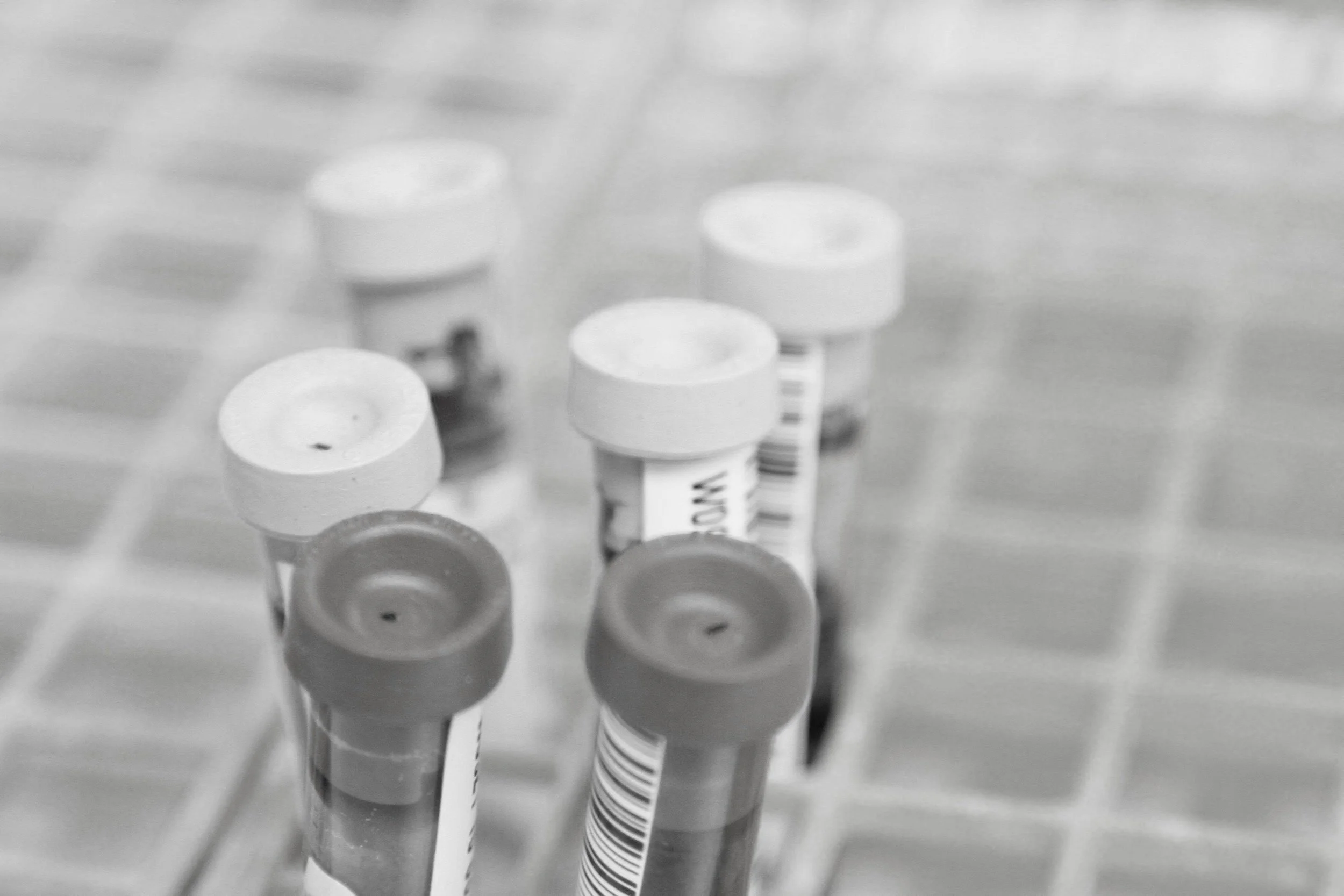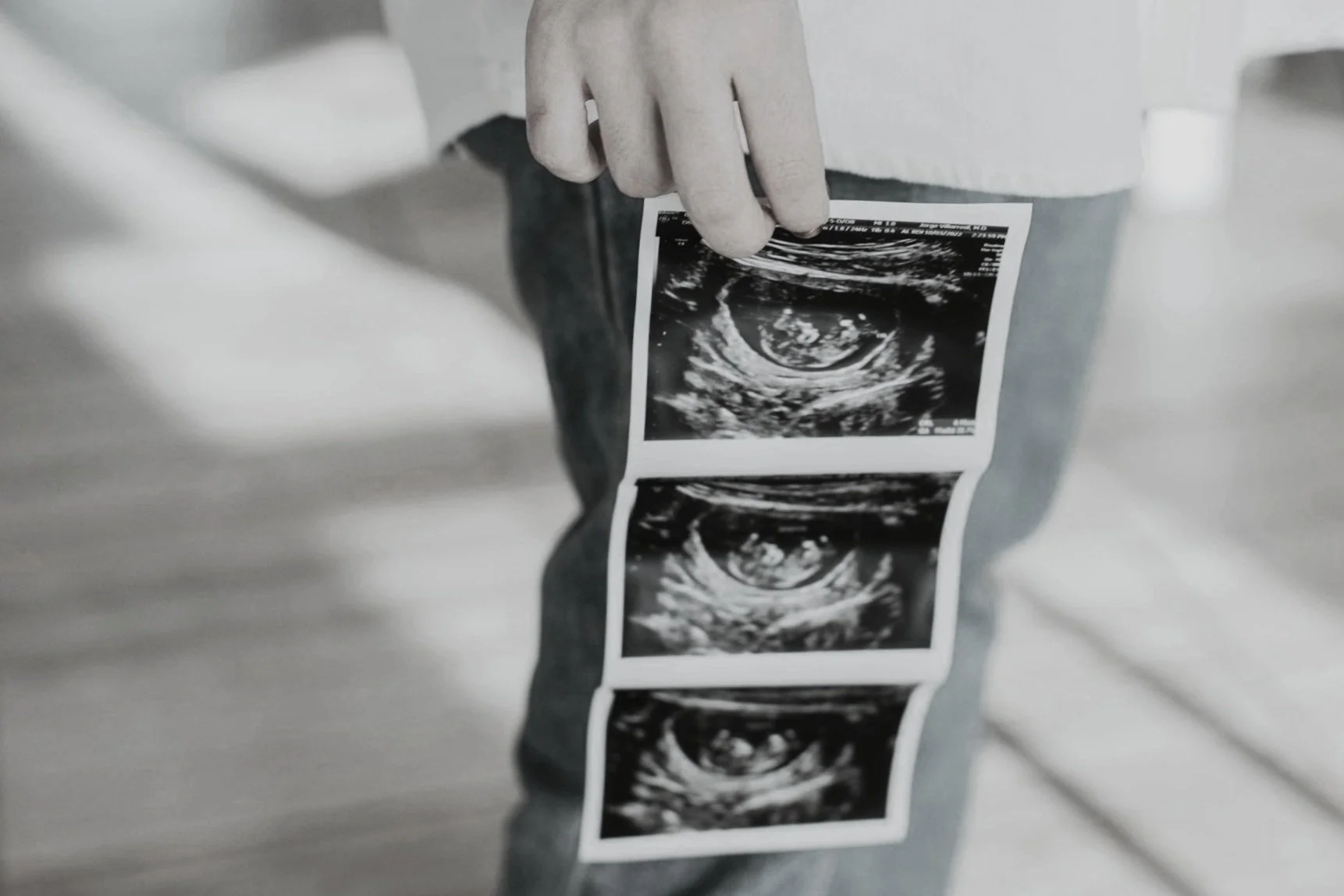
The Care You Deserve
Decades of trusted care, dedicated to women at every stage of life

Meet Our Board Certified Gynecologists
Gaetane Francis MD
Carla Williams MD
Leslie Donovan MD
Caroline Filor MD
What We Offer











